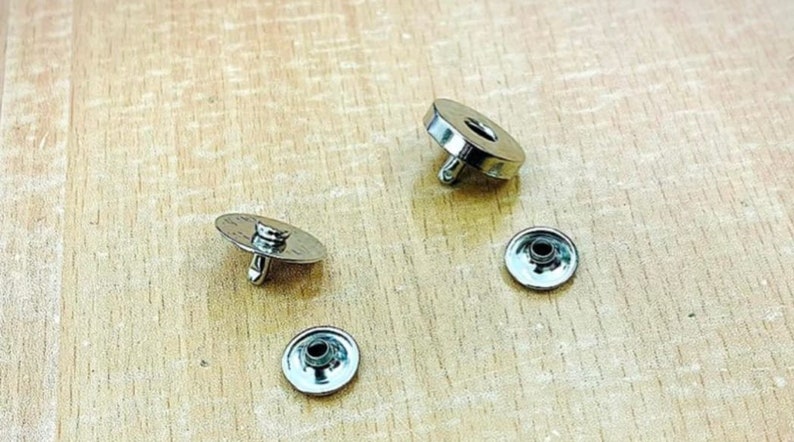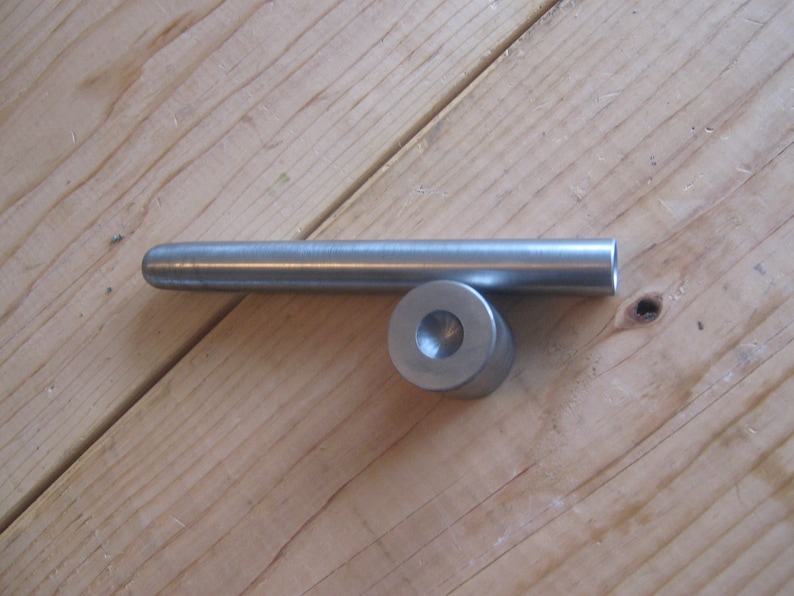
additional information is added through drafting.This site displays a prototype of a “Web 2.0” version of the dailyįederal Register. The bulk of the information should be modeled.

Clash detection, consultant coordination, rendering, take offs, are all junk and nearly impossible if you are using primarily drafted details. This conversation is really really hard to move upstream to the old guard who has their cad detail library they just want to copy and paste, It seems like the simple answer but becomes a big problem when down the road there are differences between the model and drafted details. The more divisions you create between the model and the information displayed the more opportunities for errors. Wall assemblies as drafting views is dangerous for coordination. Very few details, except boiler plate stand alone details should be simple drafting views. One old cad detail may need to be broken into multiple Revit detail families for correct operation.

should be embeded in the detail families.

Standard details are not drafting views like the old cad days but detail families. Start with a live detail and cover pieces / connections with detail families as you develop the project.

What is your preferred way of doing details in Revit?īIM in my experience should be about the process. Drawing everything including enlarged sections in 2D views is more of a CAD way of thinking and drawing and causes problems when things move or shift in the 3D model or in linked consultant models.ĭo you draw in Revit like it is a CAD program or a BIM program? This seems like a Lilliput and Blefuscu level of inter office conflict at times when it probably should not be such a big deal. It seems to me that the best way to leverage BIM is to have standard drafting view details such as door jambs and other things that should be the same in 90% of the conditions the details might occur drawn in basic 2D drafting views and use model geometry as a guide in live views to draw details where specific conditions exist. Our office (spoken never written) standard is to draw all details in drafting views, even when modeled geometry such as roof slopes or linked structural models are sometimes critical. Question, is it a big deal to draw detail items in live views in Revit?


 0 kommentar(er)
0 kommentar(er)
